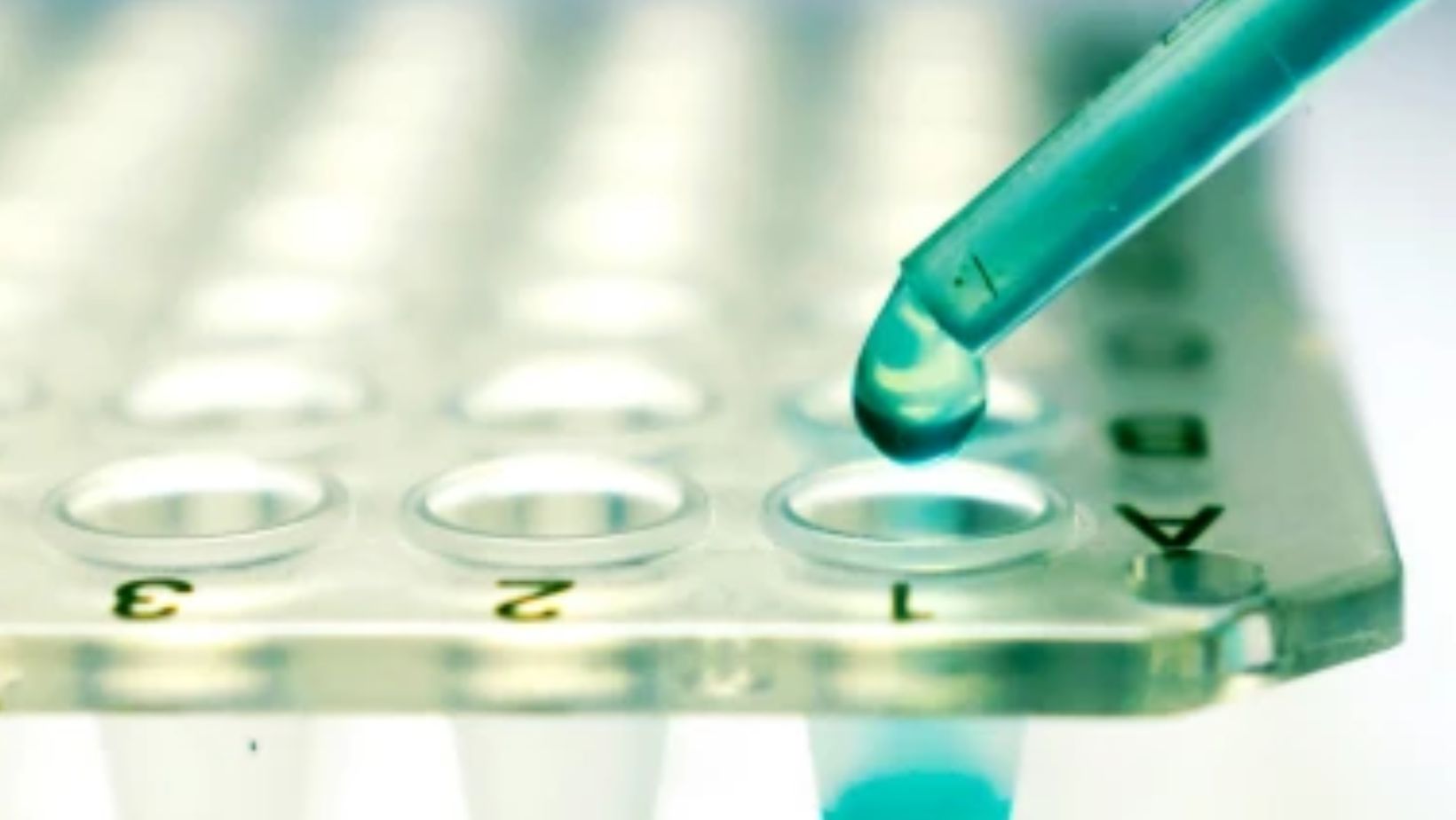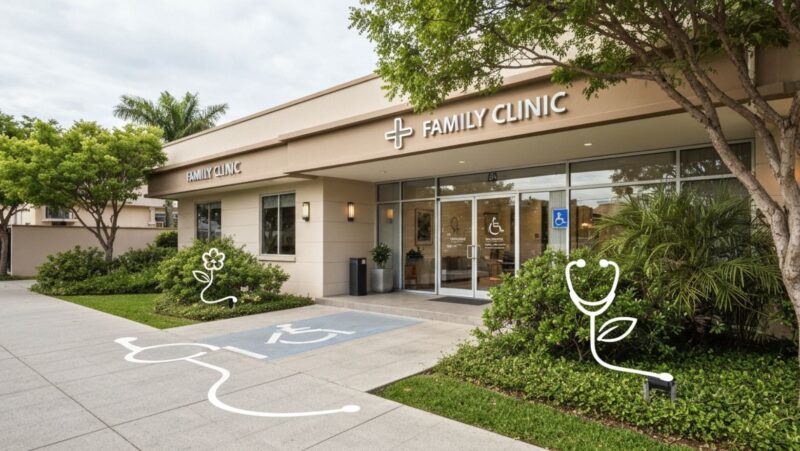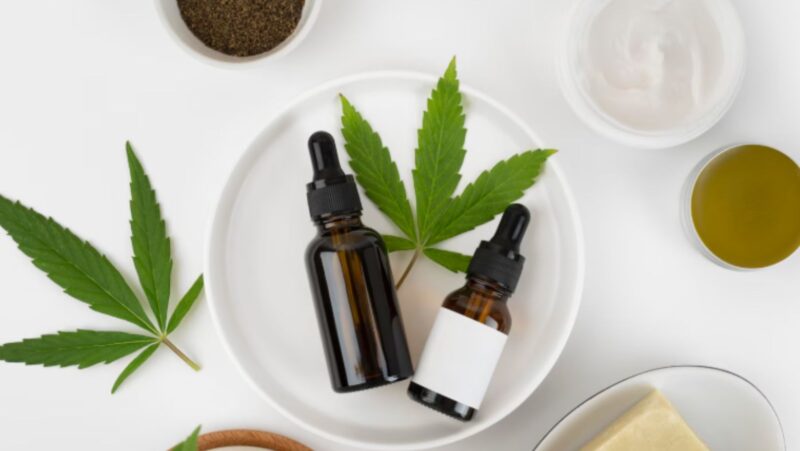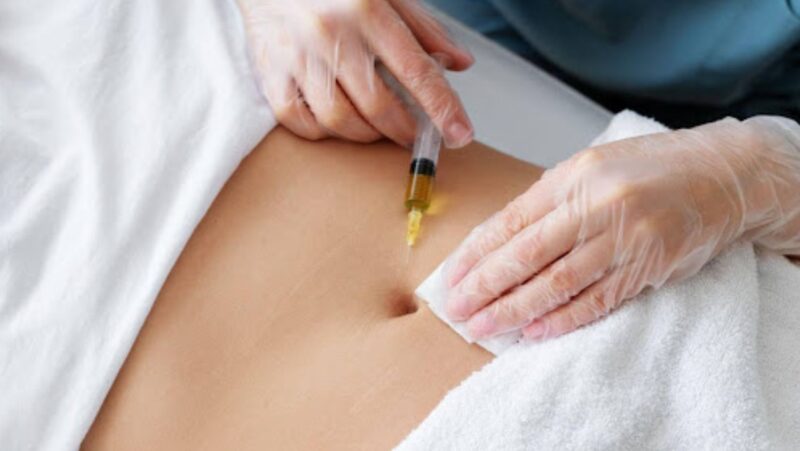
Wharton’s Jelly as a Unique Stem Cell Source
Found within the umbilical cord, Wharton’s Jelly is a gelatinous substance especially surrounding the arteries and umbilical vein. It cushions and protects these blood vessels throughout pregnancy, therefore ensuring good blood flow between the mother and the fetus. Made largely of mucopolysaccharides, including hyaluronic acid and chondroitin sulfate, coupled with collagen fibers and mesenchymal stem cells, Wharton’s Jelly has gained tremendous attention in stem cell research because of its regenerative properties. These many and multipotent mesenchymal stem cells define the direction of therapy development in tissue repair and regenerative medicine. Many research on its application in medical treatments question, “is Wharton’s Jelly safe?” Studies show that it is non-invasive and has low ethical difficulties compared to other stem cell sources, thereby providing a good safety profile for use in therapy.
Wharton’s Jelly is considered as a large reservoir of stem cells because of its peculiar composition and easiness of getting. Obtained from Wharton’s Jelly, the mesenchymal stem cells (MSCs) show great potential in regenerative therapy because of their ability to grow into various cell types—including bone, cartilage, and fat cells. Moreover, Wharton’s Jelly harvesting is non-invasive typically employing the collecting of abandoned umbilical cord after labor, so considerably reducing ethical concerns unlike that of embryonic stem cell research. Wharton’s Jelly is a perfect option for treating a range of ailments, including autoimmune diseases and degenerative problems, with so many immunomodulating and anti-inflammatory properties; this safe and ethical approach addresses the popular concern, “is Wharton’s Jelly safe?” These components taken together make Wharton’s Jelly a flexible and useful tool for advancing medicinal applications.
Unique Characteristics of Wharton’s Jelly Stem Cells
Highly promising in regenerative medicine, Wharton’s Jelly stem cells have special mesenchymal stem cell (MSC) characteristics. Their remarkable immunomodulating and anti-inflammatory properties help them to control immune responses and facilitate tissue healing by means of which Easily obtained and ethically sourced, these cells abound in the Wharton’s Jelly of the umbilical cord. Often questioned is the crucial question, “Is Wharton’s Jelly safe?” Because of their low risk of tumorigenicity and immunological rejection, studies have repeatedly found that these stem cells are not only safe but also quite useful in many therapeutic uses. Their adaptability and safety profile draw attention to the great possibilities Wharton’s Jelly stem cells offer for creative medical procedures.
Wharton’s Jelly’s accessibility, ethical source, and biological characteristics set it apart from other stem cell sources include adipose tissue or bone marrow. Wharton’s Jelly is readily collected from the umbilical cord, a byproduct of delivery that would otherwise be thrown away unlike bone marrow-derived stem cells, which call for intrusive operations for extraction. Moreover, since it does not entail the death of embryos, its collection generates less ethical questions than that of embryonic stem cells. Particularly useful for therapeutic uses, Wharton’s Jelly stem cells also have more proliferation potential and stronger immunomodulating power. When one wonders, “Is Wharton’s Jelly safe?” this becomes a significant factor. Wharton’s Jelly is unique as a safe and promising source for regenerative medicine because of its non-invasive collecting technique and little danger of tumorigenicity or immunological rejection among the cells.
Benefits of Wharton’s Jelly Stem Cells
Wharton’s jelly is used in cord umbilical regenerative treatment to heal organs and tissues. Its high MSC content helps cells renew, lowers inflammation, and improves healing of wounds. Many ask, “Is Wharton’s jelly safe?” Low rejection and side effects of Wharton’s jelly-derived MSCs could help regeneration treatment. Studies on the special medical applications of this tissue are under progress.
Wharton’s jelly addresses numerous conditions like diabetes, cardiovascular, autoimmune diseases. Perfect for treating these terrible diseases, Wharton’s jelly-derived mesenchymal stem cells (MSCs) can control immune system, reduce inflammation, and mend tissue. These cells are under study because of their ability to mend heart tissue damaged by cardiovascular illnesses and boost diabetes insulin sensitivity. Dealing with lupus and rheumatoid arthritis calls for control of autoimmune reactions. One often asked question is, “Is Wharton’s jelly safe?” Based on present studies, Wharton’s jelly-based drugs are safe and low-risk for immunological rejection, hence they could be a treatment for chronic diseases.
Particularly with relation to spinal cord injuries, Parkinson’s disease, and Alzheimer’s, Wharton’s jelly’s potential in neurological diseases has attracted a lot of interest. Mesenchymal stem cells (MSCs) from Wharton’s jelly have special neuroprotective and regenerative properties that could aid to slow down the worsening degradation seen in many disorders. Early studies show these cells may lower neuroinflammation, help damaged neurons heal, and improve synaptic connections. For Parkinson’s illness, for example, MSCs show promise in restoring dopamine levels; in Alzheimer’s, they may help to lower the amyloid plaque deposition. Similarly, their capacity to induce axonal regrowth promises spinal cord damage repair. One often asked question still is, “Is Wharton’s jelly safe?” Current research support its safety by stressing low adverse reactions and a low risk of rejection, therefore strengthening its possibilities as a practical method of treating difficult neurological diseases.
Because Wharton’s jelly so remarkably improves skin regeneration and suppleness, it has also attracted interest in cosmetic and anti-aging uses. Rich in mesenchymal stem cells (MSCs), this ingredient stimulates collagen synthesis and hastens the healing of injured skin, therefore offering a potential treatment for wrinkles, scars, and other aging-related conditions. Wharton’s jelly can make the skin seem young by increasing elasticity and moisture. One often asked concern related to its use in cosmetic surgeries is, “Is Wharton’s jelly safe?” Consistent studies corroborate its safety profile, pointing out its natural origin, low rejection risk, and absence of major side effects to make it a novel development in aesthetic treatment.
Safety Considerations for Wharton’s Jelly Stem Cells
Stem cell isolation depends first on ensuring the sterility and purity of gathered biological materials; thus, following strict safety procedures helps to reduce hazards. Maintaining a sterile environment is crucial to prevent contamination in stem cells—especially from sources like Wharton’s jelly—during their collecting and processing. This covers following strict quality checks all through the process, applying aseptic methods, and utilizing sterile tools. Often the question is, is Wharton’s jelly safe for clinical uses? Wharton’s jelly has been shown to be a safe and efficient source of mesenchymal stem cells under appropriate handling and adherence to established policies, provided all processing criteria are painstakingly followed. This guarantees that the cells stay alive and free from toxins, so allowing effective therapeutic uses.
When talking about the clinical use of mesenchymal stem cells produced from Wharton’s jelly, a crucial issue to consider is possible rejection and immune reaction mitigating strategies. Wharton’s jelly-derived cells have a well-known benefit in low immunogenicity, which lowers the possibility of inducing negative immunological reactions. Still, strict screening and compatibility testing are crucial steps to guarantee patient safety even with this encouraging quality. Furthermore underlined by worries about oncogenic hazards connected to stem cell treatment is the need of careful cell characterization including genetic stability analyses prior to clinical application. In this circumstance is Wharton’s jelly safe? Wharton’s jelly is a suitable and well-tolerated source for regenerative therapy since under highly regulated protocols including thorough testing and adherence to regulatory requirements the dangers of immune rejection and carcinogenic potential are much reduced.
Challenges in Expanding Wharton’s Jelly Applications
Expanding Wharton’s Jelly’s uses involves ethical and technological challenges. Technological advances to collect and treat its stem cells for therapeutic use require major research and financing. Scalability while retaining safety and efficacy is difficult. For widespread clinical use, is
Wharton’s Jelly safe? Initial trials seem promising, but long-term safety and immunological responses need further study. The ethical issues surrounding Wharton’s Jelly, which is made from umbilical cords, must be addressed openly to build confidence and accountability in its medical use.
Summarizing Wharton’s Jelly’s advantages and safety shows its regenerative medicine potential. Its numerous stem cells may heal inflammation, cartilage damage, and immunological malfunction, promising revolutionary treatments. Whether Wharton’s Jelly is safe requires continuous research to provide thorough safety profiles and solve immunological compatibility problems. Progress in this discipline may lead to more effective, less invasive treatments for patients. Researchers must be transparent in ethical methods and rigorous in testing to develop trust and maximize Wharton’s Jelly’s clinical potential.
Patients and practitioners must make informed stem cell therapy decisions for the greatest results. Individuals must learn about regenerative medicine alternatives, treatment regimens, and risks as it advances. Staying current on research and clinical trials helps answer queries like is Wharton’s Jelly safe. This understanding empowers patients to make good decisions and encourages them to support research. Researchers, practitioners, and patients can collaborate to increase the understanding and ethical implementation of novel therapies to ensure the utmost safety and efficacy.














